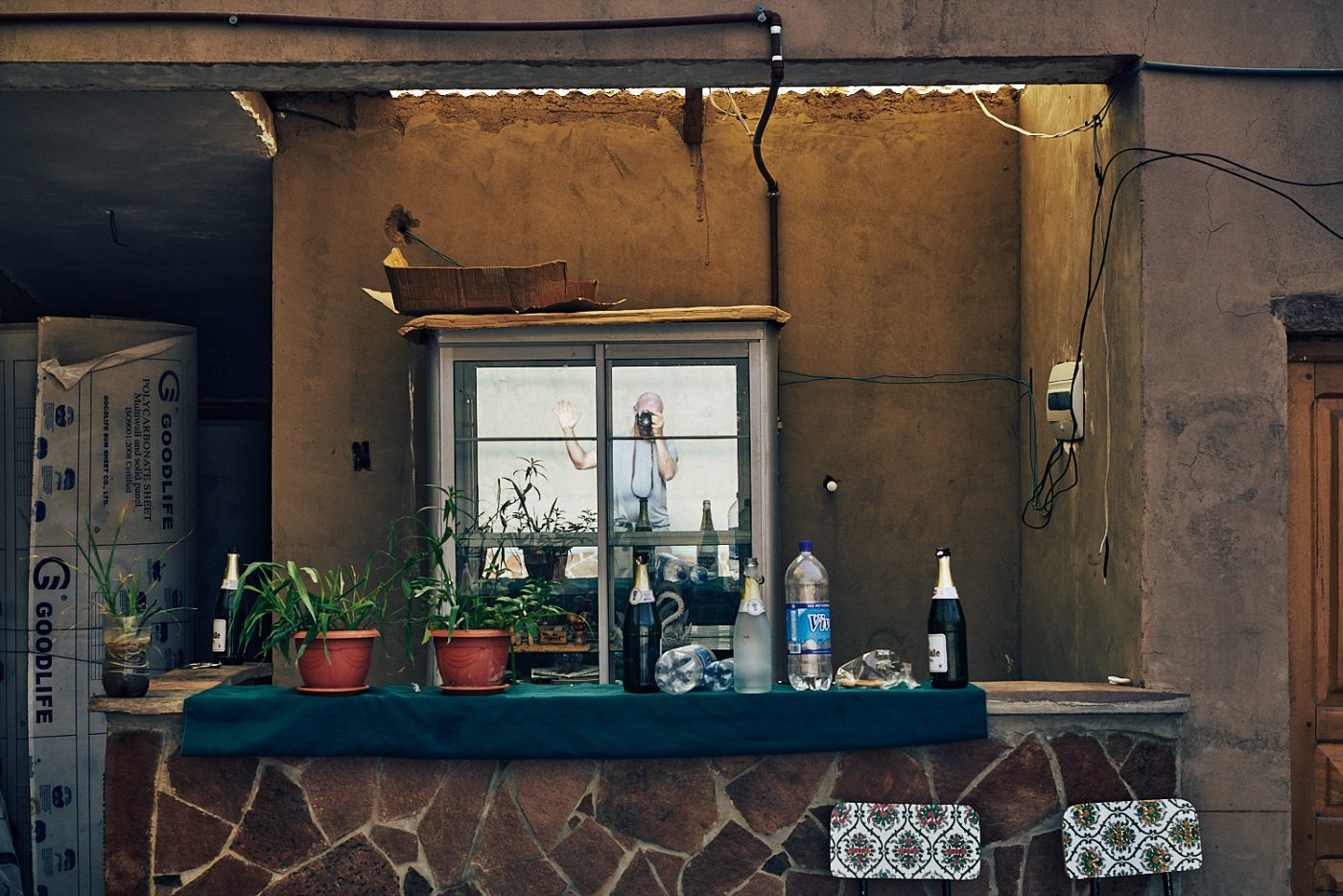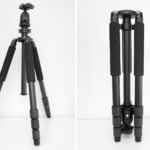Sony A7 series, the right camera system, at the right time
I’ve been shooting professionally for many years. In my film days, I’ve shot on various Hasselblads, Mamiya 67’s (I still own an RZ, sitting forlornly in a box behind me), the funky Pentax 67, several Canons, the occasional Nikon… In the digital age, I’ve been a Canon user from the beginning, starting with the 11 MP Canon Eos 1Ds in the early 2000’s, upgrading the camera body regularly, right up to the Canon 5DMk3. Alongside these upgrades, I’ve been building up my lens collection to the stage that I’m set for most prime and zoom scenarios my work throws at me. It’s safe to say I have quite a bit of glass invested in Canon. The obvious next upgrade would be for me to buy one of Canon’s latest offerings, the 5DS or 5DS R. It would work great for most of my commercial work, where the light is controlled by me.
So, why have I decided to go with the Sony A7 series? Mirrorless systems are championed for being smaller than their DSLR counterparts and, therefore, easier to travel with. This holds true for the excellent micro 4/3 and APS-C cameras from both Olympus and Fuji, respectively. When you enter the world of full-frame mirrorless, the size / weight argument is largely irrelevant, certainly if it is your main reason for investing in a new system. By the time you add an FE lens to the body of an A7x, you could even argue that the smaller body makes the balance between the body and the lens more awkward. So, it wasn’t about the size.
When the first Sony A7R came out, it looked an exciting prospect, especially the quality of the sensor, and I was not surprised to see it sell well. The main drawbacks for me were the effects of the shutter vibration nullifying the amazing image quality under certain conditions and the limited native lens line-up. Shooting with an adaptor and my Canon glass could have been an option. For me, that would have meant me accepting that the camera was just a luxury addition to my gear, rather than a possible substitute, as it could not really be used in my working environment (people, moving about, focusing). I felt that waiting for the second generation version of the A7R would be the wiser choice.
With the release of the A7RII, Sony has produced a camera that now stands comparison to all professional DSLR systems and, in many areas, surpasses them. The dampening of the shutter vibration, the addition of first curtain shutter, now respects the quality of the sensor and allows the photographer to capture the detail the camera is capable of. The impressive variety of autofocus settings, a class-leading sensor, 5-axis image stabilisation, the ability to use third party lenses ‘properly’… I haven’t even touched on the 4K video. I would suggest heading over to the folks at dpreview to get a much more in-depth perspective than you’ll ever get from me.
It is worth paying particular attention when at dpreview to understanding how much you can push out of the shadows cleanly. This is something that the sensor on the Nikon D810 also does incredibly well and it allows for an impressive increase in dynamic range. I would say this is another major reason for me taking the Sony A7RII on my trip round South America. I don’t want to particularly complain about what Canon is offering in their newest bodies, they just don’t have the best set-up for this particular project. If I was staying in the studio, then maybe things would be different. And it’s not as if it’s a marriage…
What will be interesting is when I get back from my travels. Will I want to shoot tethered with the A7RII for a week in the studio, looking through an EVF, or will I prefer to stay with my Canons? It will be interesting to find out and, sometimes, the only way to know is by trying. And it is true that there is no one camera system for every situation. Let’s see if that holds true for the A7RII and my work needs. What I do know is that I’m incredibly excited to be going on the road with the A7RII and I’ll let you know my impressions as I go. Not long to go now…
(Update 20/03/2020: A few years down the line and happy to report that I am still fully invested in the Sony line-up, owning an A7R3 and an A6500, using both systems for my professional and personal work. Never an issue shooting tethered in the studio to Capture One; the Eye AF / Face Recognition / Continuous AF set-up is amazing for shooting fashion and portraits… My only reason for not updating to the A7R4 is that for 99% of the time I don’t want or need 60Mp files, not with the way I shoot and what I shoot.)
Comments are closed.



